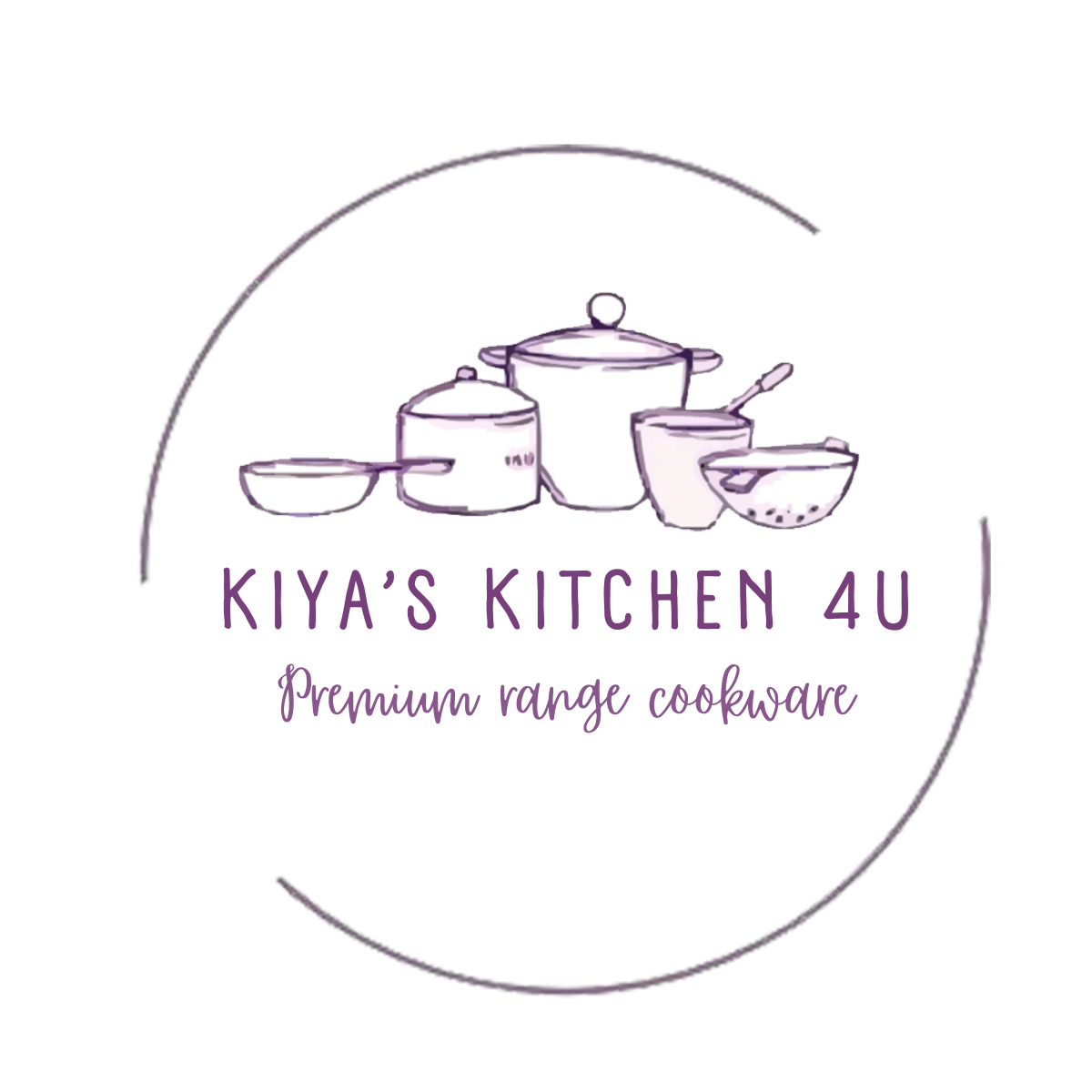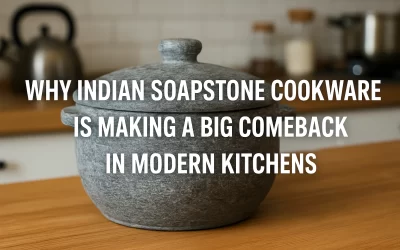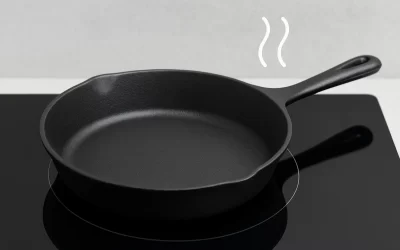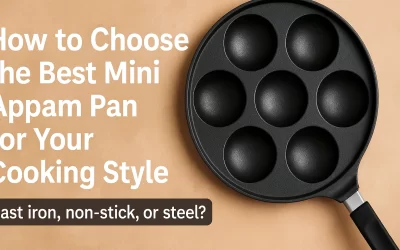cast iron kadai (also spelled karahi) may be deeply rooted in Indian culinary traditions, but its usefulness transcends regional boundaries.traditional kitchen cookware India. Whether you’re a seasoned home chef or an occasional cook, adding a cast iron kadai to your kitchen arsenal can transform the way you prepare meals. From frying to baking, this timeless cookware is as versatile as it is durable.
In this article, we’ll explore exactly why every kitchen—regardless of the cuisine—deserves a trusty cast iron kadai.
1. Unmatched Versatility in Cooking Styles with cast iron kadai
- Deep frying: Ideal for everything from French fries to tempura.
- Sautéing & stir-frying: Great for vegetables, tofu, or noodles.
- Slow cooking: Use it to braise meats, simmer sauces, or make hearty stews.
- Baking: Believe it or not, it can go straight into the oven for baking cornbread or even cobblers.
Its adaptability makes it the Swiss army knife of cookware.
2. Exceptional Heat Retention and Distribution cast iron kadai
- Fewer hot spots while cooking
- More consistent results across various recipes
- Better browning and searing of meats and veggies
No more half-cooked potatoes or unevenly fried chicken—just beautiful, golden perfection.
3. Built to Last for Generations
A cast iron kadai is practically indestructible. With proper care, it can last not just years, but decades—often being passed down as a family heirloom. It doesn’t warp, break, or wear out like non-stick pans.
And yes, even rusted pans can be revived with a little elbow grease and re-seasoning.
4. Naturally Non-Stick When Seasoned Right cast iron kadai
While many fear the stickiness of cast iron, a well-seasoned kadai develops a slick, non-stick surface—without any of the toxic coatings found in Teflon-based cookware. You can cook eggs, pancakes, or dosas without them sticking to the bottom.
The best part? The non-stick surface actually improves the more you use it.
5. Adds a Boost of Iron to Your Meals
One of the hidden benefits of cooking with cast iron is the natural fortification of your food. As you cook acidic foods like tomatoes or lemon-based sauces, tiny amounts of iron leach into the food—boosting your daily mineral intake, especially helpful for those prone to iron deficiency.
6. Environmentally Friendly and Low Maintenance
No fancy soaps, no expensive scrubbers—just salt, water, and a little oil. Unlike non-stick pans that degrade over time and end up in landfills, your kadai can last forever with a bit of care, making it an eco-conscious choice.
7. Perfect for All Heat Sources (Even Campfires)
Whether you’re cooking on gas, electric, induction, or even over an open fire while camping, a cast iron kadai is always up to the task. Its thick, heavy base withstands high temperatures and harsh environments without missing a beat.
FAQs About Cast Iron Kadai
1. Can I use a cast iron kadai for Western dishes?
Absolutely! It’s excellent for pasta sauces, chili, stir-fry, and even baking.
2. How do I season a cast iron kadai?
Coat it with a thin layer of oil and bake it in the oven at 400°F for an hour. Repeat 2–3 times for best results.
3. Is cast iron safe for acidic foods like tomatoes?
Yes, especially when properly seasoned. Just avoid long-term storage of acidic food in it.
4. Can I wash it with soap?
Mild soap is okay, but avoid harsh detergents. Always dry immediately and re-oil lightly.
5. How heavy is a cast iron kadai?
It’s heavier than regular pans, but manageable. The weight helps with heat retention.
6. Will it work on induction stoves?
Yes! Cast iron is magnetic and induction-compatible.
Final Thoughts
Even if Indian cuisine isn’t a staple in your household, a cast iron kadai deserves a spot in your kitchen. It’s a robust, multi-functional tool that supports healthy, flavorful cooking across all cuisines. Whether you’re frying up crispy delights, slow-cooking hearty meals, or baking rustic dishes, the cast iron kadai is a culinary workhorse you’ll rely on again and again.





0 Comments